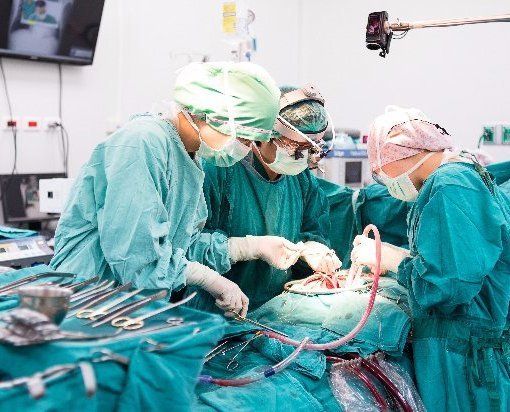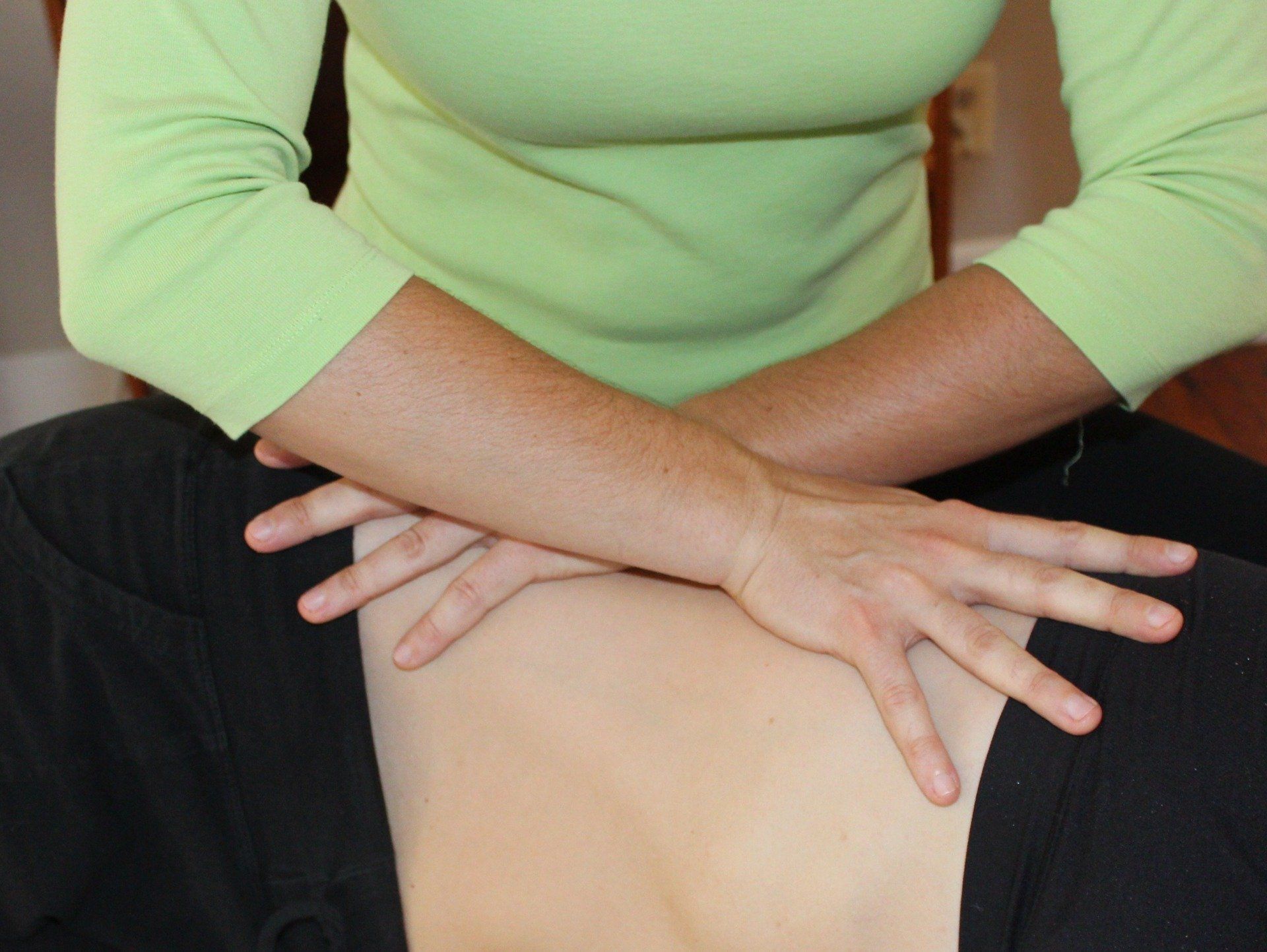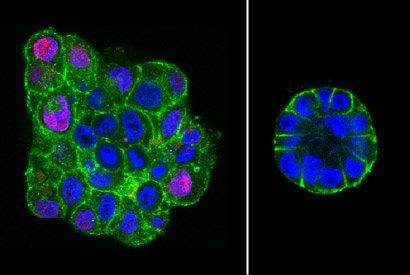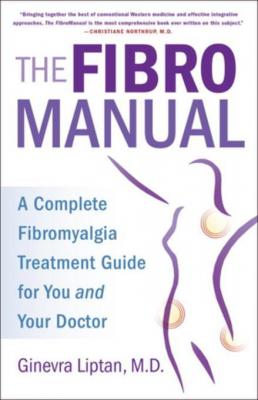Top 6 Reasons Myofascial Release is So Special
What makes the John Barnes' Myofascial Release Approach different from other therapies? The answer lies lies in science of fascia itself
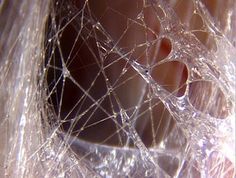
The John Barnes' Myofascial Release Approach is like none other. What's the difference? Its strong scientific foundation, its effectiveness where other therapies fail, and the uniquely wonderful feeling it gives you!
#6: Addresses the whole system simultaneously
Fascia is an uninterrupted web of connective tissue that runs through our entire body and surrounds every cell. It’s like the internet of our bodies! When we do myofascial release techniques in one area, the physiological changes spread through the web of fascia and affect other areas as well. It is common to feel effects in areas of the body the therapist never touches.
Unlike other approaches, myofascial release actually affects our tissue on a cellular level. Other methods use force to break apart fascial adhesions – not only is this painful, it only addresses the outermost layer of the problem.
The slow and gentle techniques of myofascial release, however, actually cause a physiological change in the tissue itself. Through the biological processes of "mechanotransduction" and "piezoelectricity," the fascia is converted it from a thick, inflexible “gel” state to a softer, more pliable “liquid” state. (More on mechanotransduction and piezoelectricity in coming blog posts ... stay tuned!)
The result? A soft, flexible and responsive body that is able to perform and adapt to what life requires!
#4: Addresses the root of the problem
The spot where we feel the pain may not be where the problem is! Try this experiment: while standing up, grab hold of the bottom of your shirt and give it a good, steady pull down towards the floor. Where do you feel the pull? In the spot where you are pulling, or up top near your shoulder?
The same thing happens in the body. Fascial restrictions cause tightness which creates a “pull” in the system, and the effects can be felt in areas far away from the original spot. There may be pain in the original spot as well as several other areas of the body, and it’s all linked.
Myofascial release addresses all the “linked” areas of pain and restriction in our body as one system, giving us deep, full body relief.
#3: Helps conditions which cannot be adequately treated by standard methods
Fascial restrictions have a tensile strength of 2000 lbs per square inch ... that's like being encased in concrete! If the functioning of a muscle, joint, or body organ is compromised by the squeeze of restricted fascia, there are no drugs or procedures which can cure the problem. Some pills and procedures may mask the pain for a while, but they often have risky side effects, including addiction. Sometimes, healing from surgery can create even more scar tissue in the body, actually making the problem worse in the long run!
Myofascial release goes straight to the root of the problem, restoring free movement and vitality to the body gently and safely.
#2: Releases emotions memories traumas safely
Back in the 90’s, we used to talk about the “mind-body connection.” Now we know that it’s more than a connection; the mind and the body are actually inseparable parts of a larger whole. On a physiological level, the nervous, endocrine, immune, and fascial systems are all parts of one big master system.
What does that mean on a practical level? Emotions and memories can be accessed by engaging the fascial system. In fact, myofascial release is one of the best ways to safely navigate past traumas and renegotiate our relationship with them. Trauma, whether it is emotional or physical, leaves a residue in the body, usually via habitual body and movement patterns. Releasing these holding patterns can free us of the hold a past trauma has on us.
#1: The feeling of true myofascial release is like none other!
Many massage modalities feel great for a short time, but way too soon, you’re right back where you started.
When fascia truly releases, though, it’s a different story. Your body changes on a level that you never thought possible. You feel lighter, like there’s more space inside your body, and the changes run deep through your core. Your posture may change, and without knowing why, you may feel happier and more peaceful than you’ve felt in years!


